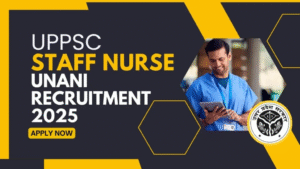Tata Motors: A Journey from Locomotives to Luxury Cars
Early Beginnings and Focus on Locomotives
Tata Motors’ journey began in 1945 as Tata Engineering and Locomotive Company (TELCO), primarily focused on manufacturing locomotives for the Indian Railways. This early focus on heavy engineering laid the foundation for the company’s future growth.

Entry into the Automotive Sector
The company’s foray into the automotive sector started in 1954 with a joint venture with Daimler-Benz to produce commercial vehicles. This partnership marked a significant turning point, as Tata Motors began to establish a strong presence in the Indian market.
The Indica Revolution
A pivotal moment in Tata Motors’ history came in 1998 with the launch of the Indica, India’s first indigenously developed passenger car. The Indica challenged the dominance of foreign brands and opened up new avenues for the company’s growth.
The Global Leap: Acquiring Jaguar Land Rover
In 2008, Tata Motors made a bold move by acquiring Jaguar Land Rover, two iconic British luxury brands. This acquisition transformed Tata Motors into a global automotive powerhouse, expanding its reach into premium and luxury segments.
The Modern Era: Navigating Challenges and Embracing Innovation
Today, Tata Motors is a leading global automobile manufacturer, offering a diverse range of products. However, the company has faced challenges such as intense competition, economic downturns, and changing consumer preferences. To address these challenges, Tata Motors has focused on innovation, sustainability, and expanding its global footprint.
The Future of Tata Motors
As the automotive industry evolves, Tata Motors is well-positioned to navigate the future. The company’s commitment to quality, customer satisfaction, and social responsibility will continue to drive its growth and success.




















